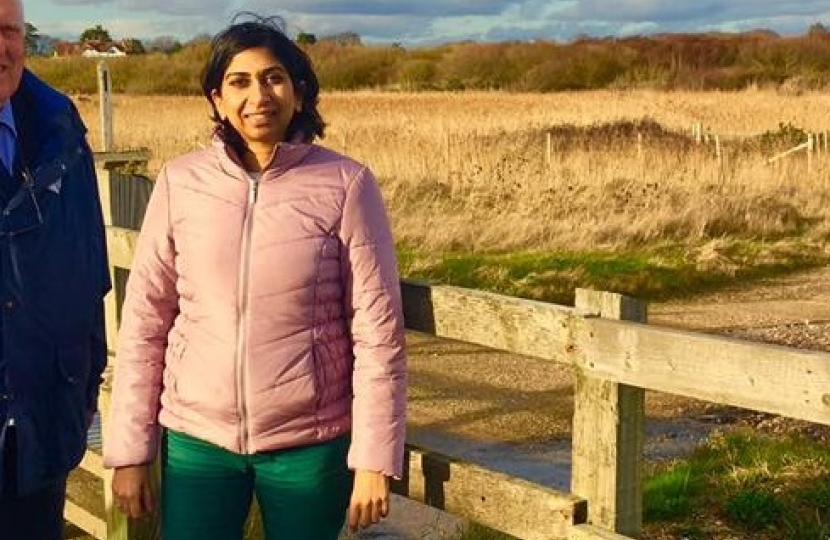
I have welcomed moves by the Government that will see the protected area of Britain’s coastline expanded, in face of growing environmental concerns about pollution in our oceans.
Under the plans, an area of Britain's coastline almost eight times the size of Greater London will be safeguarded as part of a massive expansion of the UK's “blue belt” of protected marine locations. The scheme comes as Theresa May urged world leaders at a G7 summit that more must be done to tackle plastic pollution, as she described it a “global problem requiring global solutions”. The Government is planning 41 new marine conservation zones around the UK's coastline to help protect marine habitats – stretching from Devon in the South West to Berwick on the Scottish borders.
Almost 12,000 square kilometres (7,457 square miles) of coastal waters are to be protected, with two sites in Northern Irish offshore waters. The new zones are in addition to 50 areas which have already been earmarked for conservation as part of the blue belt programme. No new activities deemed damaging – such as dredging, or significant coastal or offshore development – will be allowed to take place in these areas. Existing harmful activities will be minimised or stopped to allow important habitats to be restored over time.
Rare or threatened marine habitats and species which will be protected include the short snouted seahorse, stalked jellyfish and peacock’s tail seaweed. At the same time, the Prime Minister will be making a call for urgent global action to protect the world’s oceans from plastics and other harmful waste.
Pollution, especially plastics, is one of the greatest threats to our environment today. Extending the blue belt is vital to ensuring we meet our obligations to leaving the environment in a better state for the next generation and to protect our marine wildlife. This is a global challenge, so the Prime Minister is right to call on other nations to up their game in protecting the environment.
